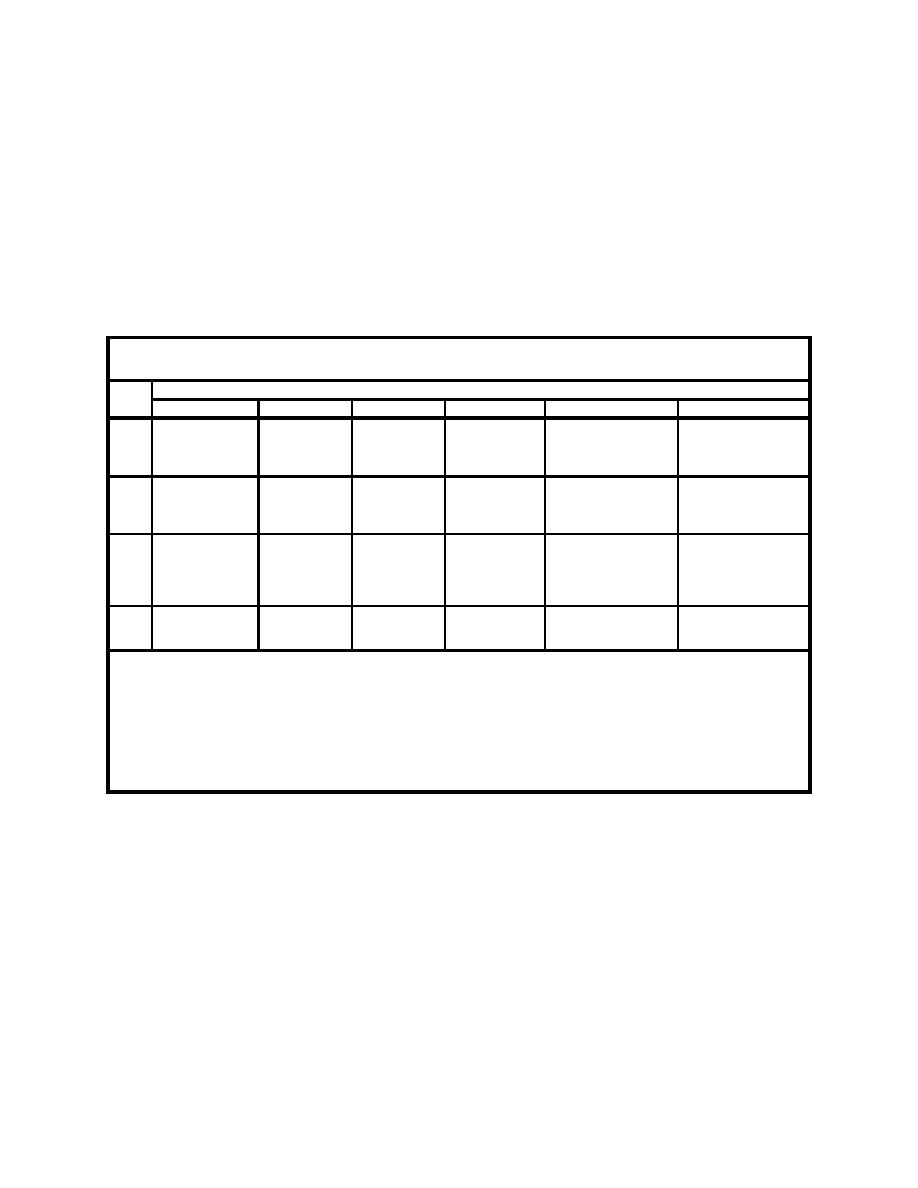 |
||
|
|
||
| |||||||||||||||
|
|
 2.1.3 Tier III
If the need for management actions cannot be determined in Tiers I and II, it
may be necessary to use Tier III to obtain more detailed information. The
evaluations in Tier III include effects-based testing and are generally more
complex, costly, data intensive, and time-consuming than those in the previous
tiers. For contaminant pathways for which there are no Tier II procedures or for
which Tier II yields equivocal results, it may be necessary to employ Tier III to
obtain more detailed information. It is important to note that carrying decisions to
Tier III that could have been made at an earlier tier may not improve the
confidence in those decisions.
Table 2-1
Summary of Evaluation Structure and Procedures in UTM
Contaminant Migration Pathways for CDFs
Tier
Effluent
Runoff
Leachate
Volatilization
Plant Uptake
Animal Uptake
Existing information,
Existing information,
conceptual site model,
conceptual site model,
Existing
Existing
Existing
Existing
Tier I
complete exposure
complete exposure
information
information
information
information
routes
routes
Total release
Volatility
Solubility
Solubility
DTPA Extract, COC
TBP Calculation, COC
screen and/or
partitioning
partitioning
Tier II
partitioning
elimination
elimination
Solubility
screen
screen
screen
partitioning screen
SLRP and/or
LTCST
RSLS
SBLT chemistry
turbidity/TSS
Plant bioaccumulation
Animal
Tier III
chemistry
and/or PCLT
VFC chemistry
EET chemistry
test
bioaccumulation test
SLRP and/or
chemistry
EET toxicity
RSLS toxicity
Case Specific
Case Specific
Case Specific
Case Specific
Case Specific Study or
Case Specific Study or
Study or Risk
Study or Risk
Study or Risk
Tier IV Study or Risk
Risk Assessment
Risk Assessment
Assessment
Assessment
Assessment
Assessment
DTPA = Diethylenetriamine-pentaacetic acid
TBP = Theoretical Bioaccumulation Procedure
LTCST = Long Tube Column Settling Test
TTS = Total suspended solids
EET = Effluent Elutriate Test
SLRP = Simplified Laboratory Runoff Procedure
RSLS = Rainfall Simulator/Lysimeter System
SBLT = Sequential Batch Leachate Procedure
PCLT = Pancake Column Leach Test
VFC = Volatile Flux Chamber;
2.1.4 Tier IV
Tier IV consists of case-specific studies or formal quantitative risk assessment
designed to answer specific, well-defined questions, and should rarely be
necessary for navigation projects. Tier IV is useful if, and only if:
1. Contamination is substantial.
2. Specific scientific information essential for a decision is not otherwise
available.
3. Essential information will be generated by Tier IV evaluations.
2-4
Chapter 2 Structure and Approach of the UTM
|
|
Privacy Statement - Press Release - Copyright Information. - Contact Us - Support Integrated Publishing |